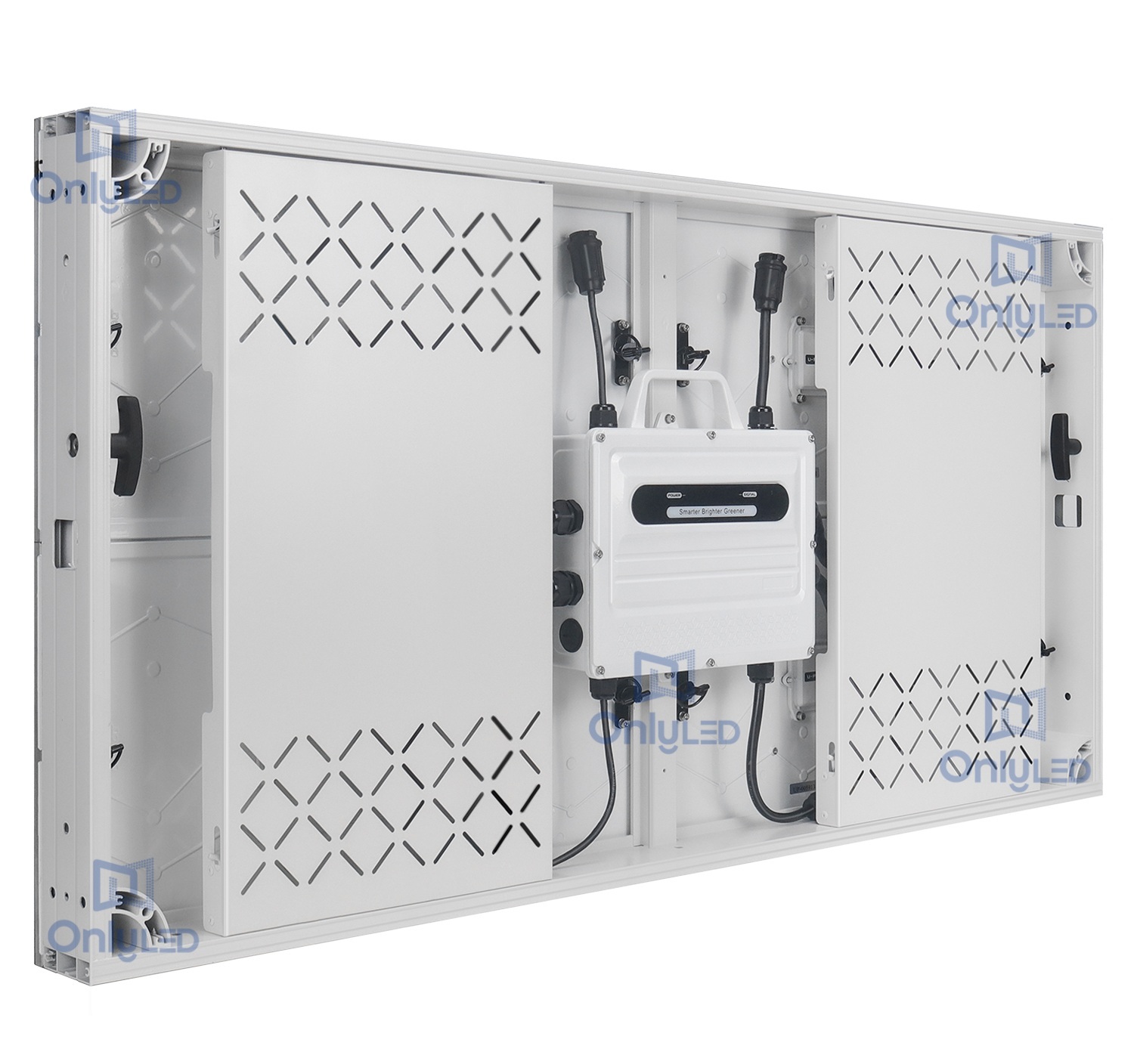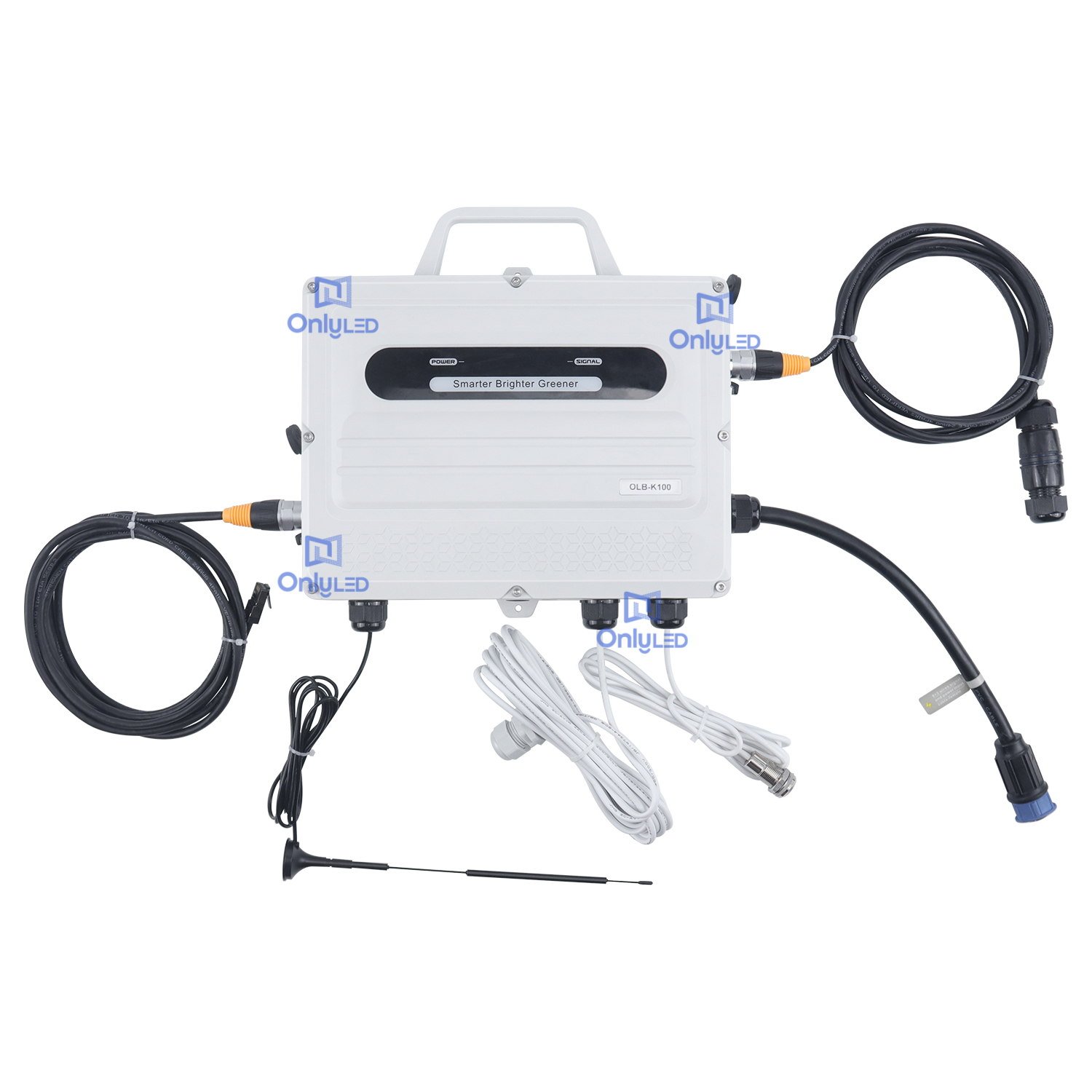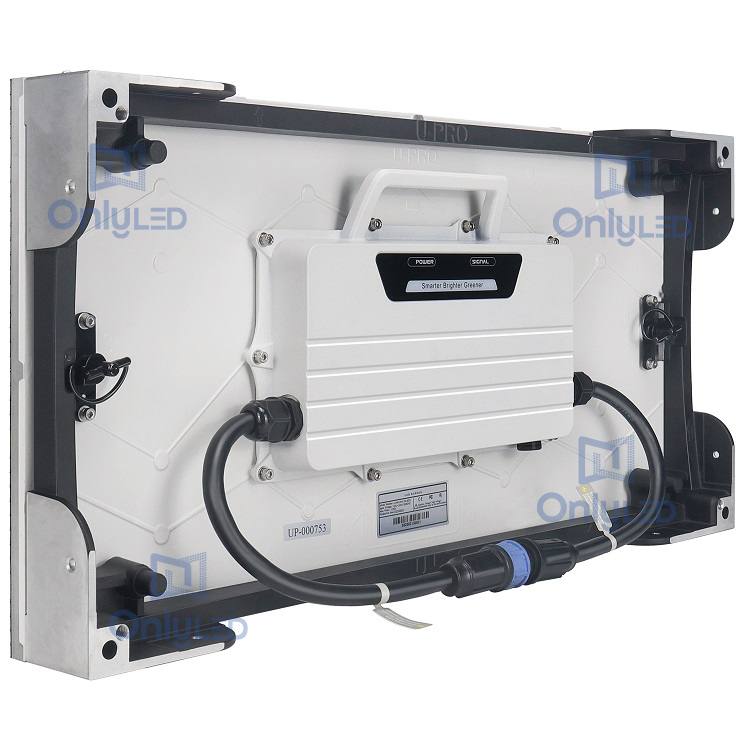Industry News

Introduction
Over the years, outdoor advertising has become a crucial component of marketing campaigns. As technology continues to advance, the production and installation of billboards have undergone a significant transformation. This article delves into the innovative techniques and methods employed in outdoor advertising, providing a comprehensive overview of billboard production and installation.
Billboard Production
Billboard production has evolved from traditional print methods to cutting-edge digital technologies. Digital billboards offer dynamic and interactive experiences, allowing advertisements to be displayed in a rotation or sequentially with eye-catching visuals. These billboards are produced using high-resolution LED panels capable of displaying vibrant colors and sharp images, ensuring maximum impact on viewers.
Additionally, advancements in printing techniques have led to the development of large-format printing technology. This allows for the creation of billboards with intricate and visually captivating designs. Ultra-violet (UV) resistant inks and durable materials are used to ensure longevity and withstand harsh weather conditions, making billboards a cost-effective and reliable advertising solution.
Installation Process
The installation process of billboards requires meticulous planning and execution. The first step involves identifying strategic locations to maximize visibility and reach the target audience. Once the location is determined, the necessary permits and permissions are obtained from local authorities.
During the installation process, a team of trained professionals utilizes specialized equipment such as cranes, cherry pickers, and scaffolding to ensure safe and efficient installation. The structural integrity of the billboard is of utmost importance, and thorough inspections are conducted to guarantee stability and adherence to safety regulations.
Maintenance and Updates
Outdoor advertising companies employ a proactive approach in maintaining and updating billboards. Regular inspections are carried out to address any damage or wear and tear. The use of remote monitoring systems allows for real-time assessment of billboard functionality.
Moreover, technological advancements have enabled remote content management, eliminating the need for manual intervention. Advertisements can be updated or changed promptly, ensuring timely delivery of messages to the target audience. This flexibility provides advertisers with the ability to adapt their campaigns based on market trends, maximizing the effectiveness of outdoor advertising.
Conclusion
Outdoor advertising has become a powerful medium to capture the attention of consumers in this digital age. Technological advancements in billboard production have revolutionized the industry, enabling the creation of visually captivating advertisements. The installation process ensures robust and safe structures, guaranteeing maximum visibility. The ability to maintain and update billboards efficiently adds to the effectiveness of outdoor advertising campaigns. With the evolving landscape of marketing, outdoor advertising continues to be an essential strategy for businesses to engage with their target audience.




